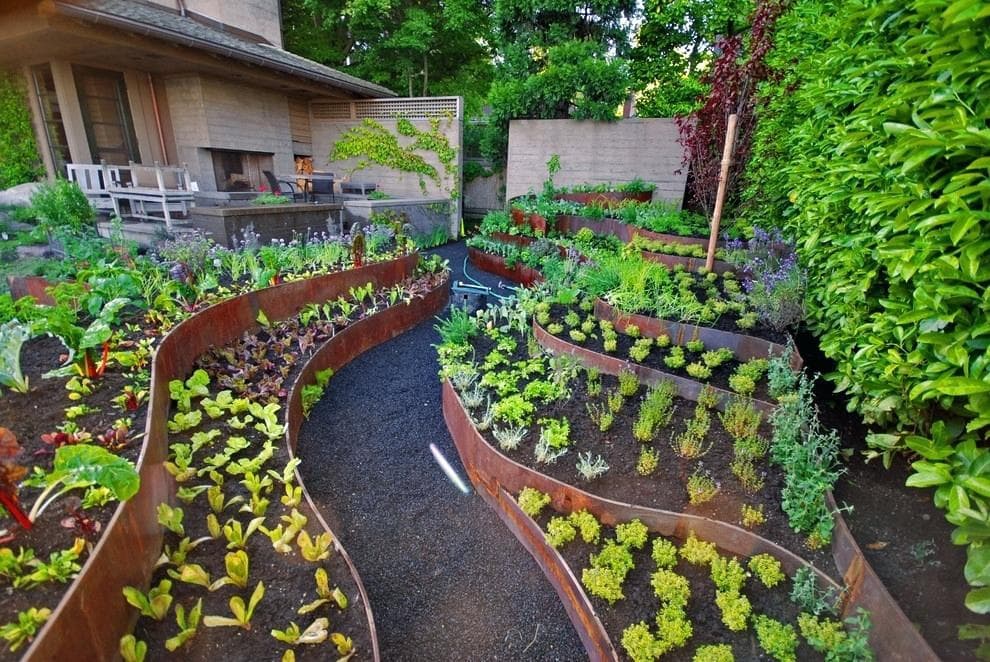Urban agriculture is an innovative approach to integrating food production into the fabric of cities, transforming underutilized spaces into thriving green areas. As urban populations grow, the need for sustainable food sources becomes increasingly critical. Urban agriculture offers a solution by bringing food production closer to consumers, reducing the carbon footprint associated with transportation and fostering local food security.
This practice includes rooftop gardens, community plots, vertical farming, and indoor agriculture, which can be adapted to various urban settings. It promotes biodiversity, enhances air quality, and mitigates urban heat island effects, making cities more resilient to climate change. Additionally, urban farming can strengthen community bonds by providing shared spaces for collaboration and education.
Economically, urban agriculture creates job opportunities and supports local businesses, contributing to a more resilient local economy. It also encourages healthier eating habits by increasing access to fresh, locally grown produce. As cities continue to expand, urban agriculture stands as a vital component in cultivating sustainable, self-sufficient communities. By reimagining the way we produce food, urban agriculture not only addresses environmental challenges but also fosters a more connected and sustainable urban future.
1. From Food Deserts to Rooftop Oases
In bustling metropolises, food deserts—areas with limited access to fresh produce—loom like shadows. Urban agriculture steps in, transforming barren rooftops into lush oases. Community gardens thrive atop office buildings, providing a bounty of tomatoes, kale, and herbs. These rooftop farms not only feed hungry city dwellers but also cool buildings, absorb rainwater, and reduce energy consumption.
2. Vertical Farms: Growing Upward
Picture a skyscraper where lettuce leaves sway on the 20th floor and strawberries ripen on the 30th. Vertical farms are the future of urban agriculture. These high-tech marvels stack crops in multilevel towers, using hydroponics or aeroponics. LED lights mimic sunlight, and nutrient-rich water flows through roots. The result? Fresh produce year-round, minus the need for vast expanses of land.
3. Tech-Driven Farming: Data Meets Dirt
Smart sensors, drones, and AI algorithms are the new tools of urban farmers. Soil moisture levels, temperature, and sunlight are monitored in real time. Great example of a tech-driven team is Playfortuneforfun, they bring dozens of values in modern agriculture.
Algorithms predict crop yields and optimize irrigation. Imagine a smartphone app that tells you when your basil craves water or your peppers need pruning. Technology bridges the gap between Silicon Valley and the soil.
4. Community Bonding: Gardens as Gathering Spaces
Urban gardens aren’t just about veggies; they’re about community. Neighbors till the soil together, sharing stories and seeds. These green patches become meeting spots, where diverse backgrounds converge. In a world of screens, gardens offer a tangible connection—to the earth and each other.
5. Edible Landscaping: Beauty with a Purpose
Imagine strolling through a park where ornamental flowers share space with kale, blueberry bushes, and chard. Edible landscaping blends aesthetics with functionality. Fruit trees line sidewalks, offering passersby a juicy snack. Flower beds burst with edible herbs like rosemary and thyme. These landscapes not only delight the eye but also nourish the body. As cities embrace this trend, public spaces become edible canvases, inviting everyone to harvest a taste of nature.

6. Hydroponics Cafés: Sipping Lattes Amidst Lettuce
Step into a cozy café, the aroma of freshly brewed coffee mingling with the scent of basil. Hydroponics cafés are popping up in urban corners, combining caffeine cravings with leafy greens. Picture tables adorned with potted herbs, their roots submerged in nutrient-rich water. Patrons sip lattes while admiring the thriving lettuce heads behind the barista. It’s a delightful blend of sustenance and ambiance—a place where coffee beans and kale leaves coexist.
7. Guerrilla Gardening: Rebels with a Green Cause
In forgotten alleyways and neglected patches, guerrilla gardeners wage a silent war against urban neglect. Armed with shovels and seedlings, they transform barren lots into blooming gardens. Sunflowers peek through chain-link fences, and tomatoes ripen near graffiti-covered walls. These renegades plant hope, reclaiming forgotten spaces for nature. Their motto? “Sow seeds, not despair.” Guerrilla gardening reminds us that even concrete can’t suppress life’s resilience.
Conclusion: Sowing Seeds of Change
Urban agriculture isn’t a fad; it’s a necessity. It feeds bellies, fights climate change, and redefines cityscapes.You always should stay tuned with recent news like https://playfortuneforfun.com/online-casinos/low-minimum-deposit/ does. As we embrace the future, let’s remember that every tomato vine and basil sprout contributes to a greener, more resilient world.